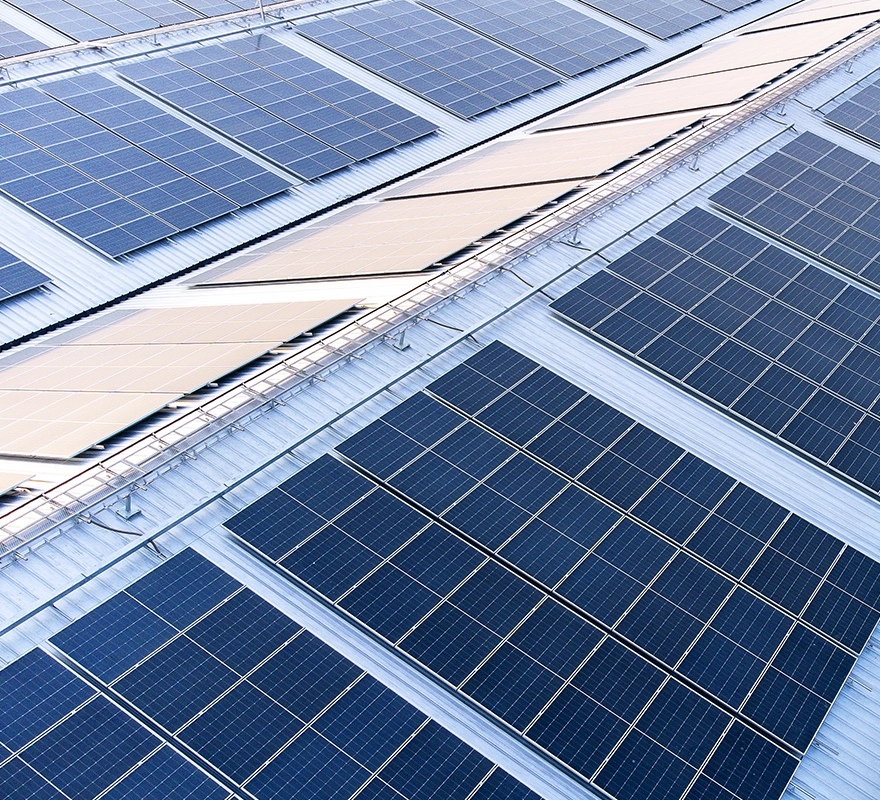Commercial scale solar refers to the installation and operation of solar energy systems on a large scale to meet the energy needs of commercial or industrial facilities.
Powering Homes Sustainably, Efficiently, and Independently
Organisations choose Commercial Scale solar installations as a means to reduce their carbon footprint, fulfill their Corporate Social Responsibility and reduce their operational costs substantially.The power output capacity of Commercial Scale installations is larger than residential scale projects.
Commecial Scale Energy
Providing Ready-to-Use Solar Systems
The energy generated by these solar systems is anywhere between 1 to 2 megawatts (MW) depending on the size and energy requirements of the facility
Like Residential installations, Commercial Scale setups too are categorised as “distributed generation” facilities. That is, the power generated by these installations is consumed onsite or close to the point of its generation. Commercial or Industrial scale installations are also connected to a power grid, thus enabling the organisations to feed the excess energy produced back into the grid for energy credits using ‘net metering’.
Commercial Scale setups can be installed on a massive flat factory roof space, on large solar carports above parking lots, or as a ground mounted array. The setup might also include intricate racking systems to elevate and tilt the panels, some systems even change the direction of the panel’s face to increase the amount of direct sunlight captured. Recently, buildingintegrated Photovoltaics (BIPV) are an increasingly popular solution that enables commercial and industrial facilities to maximise energy efficiency by integrating solar panels in unused window space, thereby incorporating attractive design into energy generation.
